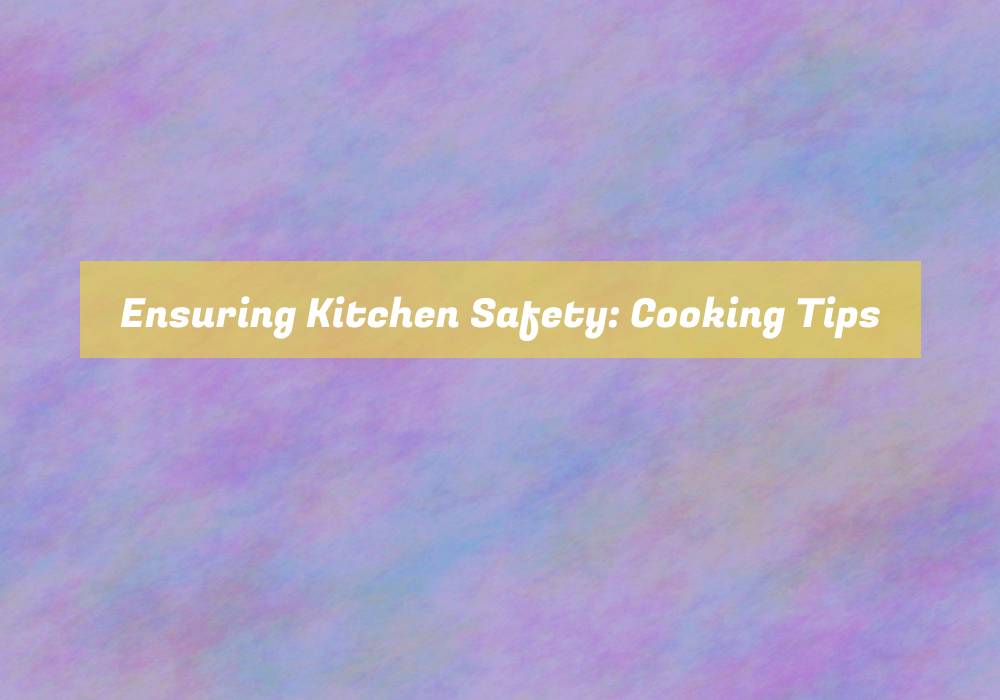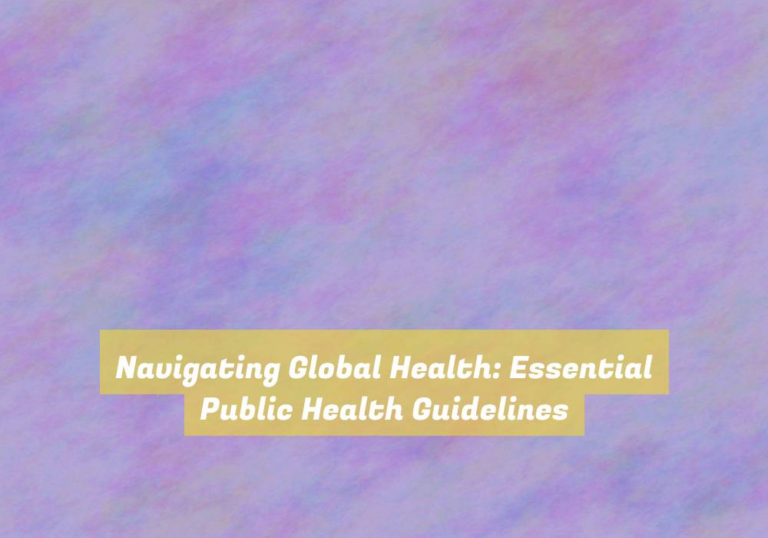Ensuring Kitchen Safety: Cooking Tips
Did you know that over 164,000 emergency room visits are due to injuries related to cooking in the kitchen every year?
With such a startling statistic, itG??s crucial to ensure that you are taking the necessary precautions to keep yourself and your loved ones safe while cooking.
From food handling and storage to fire and heat safety, there are a myriad of potential hazards in the kitchen that can be avoided with the right knowledge and practice.
By implementing a few simple tips and guidelines, you can significantly reduce the risk of accidents and injuries in the kitchen.
So, how can you ensure that your cooking experience is not only delicious but safe as well?
Food Handling and Storage
When handling food, always wash your hands thoroughly before and after touching raw ingredients to prevent contamination. Cross-contamination can occur if you touch raw meat and then handle other food items without washing your hands in between. This simple step is crucial in preventing foodborne illnesses.
Additionally, when storing raw meat in the refrigerator, make sure to place it on the bottom shelf to prevent any juices from dripping onto other foods. Use airtight containers to store leftovers and ensure that theyG??re labeled with the date to keep track of freshness.
When defrosting food, do so in the refrigerator or use the defrost setting on the microwave to avoid bacteria growth. ItG??s important to check the expiration dates on canned and packaged goods and organize your pantry so that older items are used first.
Fire and Heat Safety
To ensure kitchen safety, always keep flammable items away from open flames and heat sources. This simple step can prevent potentially dangerous fires.
When cooking on the stovetop, make sure to turn pot handles inward to avoid accidental spills or knocks. Additionally, use oven mitts or kitchen towels to handle hot pots, pans, and baking trays.
Never leave cooking food unattended, especially when using high heat or oil. Grease and oil can easily catch fire if overheated, so itG??s crucial to monitor them closely.
In the event of a small grease fire, carefully slide a lid over the pan to smother the flames and turn off the heat. For oven fires, keep the oven door closed and turn off the heat to suffocate the flames.
ItG??s also important to have a fire extinguisher in the kitchen and know how to use it. Regularly check the extinguisherG??s expiration date and ensure itG??s easily accessible in case of an emergency.
Knife Handling and Safety
Always maintain a sharp and well-maintained knife to ensure efficient and safe food preparation in your kitchen. A sharp knife is safer than a dull one as it requires less force to cut, reducing the risk of slips and potential injuries.
When using a knife, always ensure that your cutting surface is stable and secure to prevent accidental slips. Hold the knife with a firm grip and use a claw-like hand position when cutting to protect your fingers. ItG??s essential to pay attention and avoid distractions while handling knives to prevent accidents.
When not in use, store knives in a designated knife block or on a magnetic strip to keep them safely and conveniently within reach. Always wash knives by hand, as putting them in the dishwasher can cause damage and dull the blades.
Lastly, never try to catch a falling knife. Instead, step back and let it fall to the ground to avoid getting hurt.
Preventing Slips and Falls
Ensure a clear and unobstructed path in your kitchen to prevent slips and falls while cooking. Start by removing any potential hazards such as loose rugs, electrical cords, or spills on the floor. Keep the floor clean and dry to avoid any accidents.
ItG??s essential to wear appropriate footwear with good traction while working in the kitchen. Non-slip shoes can provide better stability and reduce the risk of slipping. Additionally, use caution when carrying hot or heavy items. Make sure to have a clear path and a steady grip to prevent accidents.
Proper lighting is also crucial in preventing slips and falls. Ensure that your kitchen is well-lit, especially in areas where you frequently walk or stand. Adequate lighting can help you see potential hazards on the floor and avoid them.
Lastly, consider installing handrails or grab bars near cooking areas to provide extra support. These simple precautions can significantly reduce the risk of slips and falls, making your kitchen a safer place to cook and work.
Conclusion
So, remember to always handle food safely. Keep an eye on heat sources. Use knives carefully. And watch out for slippery floors.
By following these simple tips, you can ensure a safe and enjoyable cooking experience in your kitchen.
Happy cooking!




